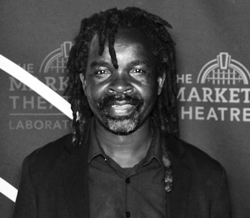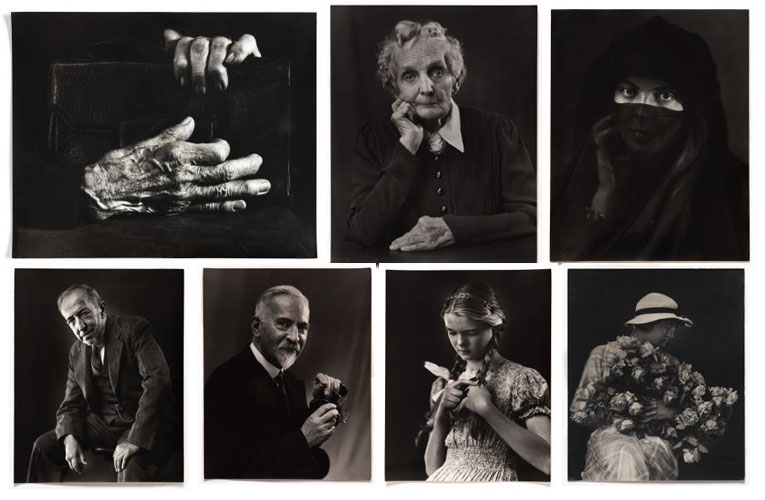Rescued photographic archive of an almost forgotten photographer attractshordes of suburban people to the Rand Club in Johannesburg CBD
The images taken in the early 20 the Century by one Sara Buijskes costing R500 each can bepurchased through the Johannesburg Heritage Foundation.
By Edward Tsumele, CITYLIFE/ARTS Editor

The place was so well attended by the suits to the extent that one could be tempted to say thata good representation of Parkhurst, Bryanston, Sandton, Parktown North or Rosebank wasapparent.
I am talking here about the launch of iconic images, and according to corporate highflyer-turned photography historian Carol, “were rescued” from an obscure antique shop in theWestern Cape.
However, this unusual find, attracted the attention of the finder, who immediately saw value inthem and bought the whole lot. Nobody knows how much he paid for them, those whogathered at the Rand Club, were told by Carol l Hardijzer last week on Friday 25 January, 2025,at the opening of this once of exhibition. Most importantly these images are for sale and canbe bought through the Johannesburg heritage Foundation as the exhibition was a once offevent after which it came down.
As it were these images ended up at the Johannesburg Heritage Foundation, a Non-Profitorganization dedicated to preserving the significant history of Johannesburg. Run entirely bycommitted volunteers who love everything to do with the ever-evolving history ofJohannesburg, excavating for public benefit even the smallest buried histories that over the years defined this beautiful though uncomfortable at times city to live, work and call home.
Once in the hands of the Johannesburg Heritage Foundation, their provenance established
firmly through the meticulous research by Carol Hardijzer and Michael de Nobrega, theseimages assumed a position of important and significance in the history of Johannesburg, and therefore valuable.
Credit must be given to the two researchers here who got to work on the history of the images,and as the results of his meticulous research turned out, these are not just ordinaryphotographic portraits. These photographs are photographs of both significant and nonsignificant human beings that once called Johannesburg home several years ago. In these black
and white images is contained personal individual stories captured by the photographer, Sara
Buijskes the first female commercial photographer in Johannesburg. Of Dutch origin’s thephotographer practiced as a photographer in the early 1906, first working for anotherphotographer as an assistant, but later setting up her own successful photography studio, right in the heart and belly of the city, where many who wanted their images immortalized andfrozen by the photographer’s camera for posterity made their way.
Sara Buijskes was the first recorded commercial female photographer in Johannesburg. She hadher studio in the penthouse of the Barbican building from shortly after its completion in 1931until her passing in 1970.
Relying on a natural flair and artistic eye, Sara Buijskes had no formal training. When travelingto her studio by tram, for example, she describes how she noticed the Highveld light falling onthe faces of her fellow passengers andworked to capture this visual imagery when photographing sitters for their portraits.
Of Dutch descent, Sara was a second generation South African born in Kimberleyon 23 September 1886. She was the 4th eldest of 10 children. Like three of hersiblings, Sara never married. It is supposed that her father was a coachman onthe Wellington-Kimberley-Bloemfontein route before moving the family to Illovo,
Johannesburg in the late-1890s.Sara started her remarkable 65-year career as an assistant photographer toBritish-born Robinson Nissen around 1906. She began developing and printing in the darkroombut was soon given the opportunity to take photographs herself, despite the general public’suncertainty about a female’s ability behind the lens.
It is assumed that she remained with Nissen until starting her own studio with a loan of £300from her maternal grandfather.
Although little-known locally, Sara was internationally recognised in her day,receiving her first award as early as 1935 at an exhibition in Bern, Switzerland. In the same yearshe was accepted as an associate member of the British Royal
Photographic Society (ARPS), despite having never travelled abroad.
In 1958, Sara was granted one of the most prestigious awards forphotographers, the Artiste -Fédération Internationale de l’ArtPhotographique. This rare award recognises photographerswho have had their works accepted at international exhibitions over a 25-year period. Thissignificant achievement bestowed her with the post-nominal honorific ‘AFIAP’.
Sara Buijskes died on the 9th of December 1970, aged eighty-four, after suffering a heart attackwhilst going up the lift in the Barbican. At the time, she was busy clearing out her studio afterreceiving notice that the building was scheduled for demolition. This demolition nevermaterialised and the Barbican building stillstands today on the corner of Helen Joseph and
Rissik Street.
.This exhibition has been compiled from a collection of found- works, courtesy of Michael deNobregaand are available at the Johannesburg Heritage Foundation costing R500 each.










